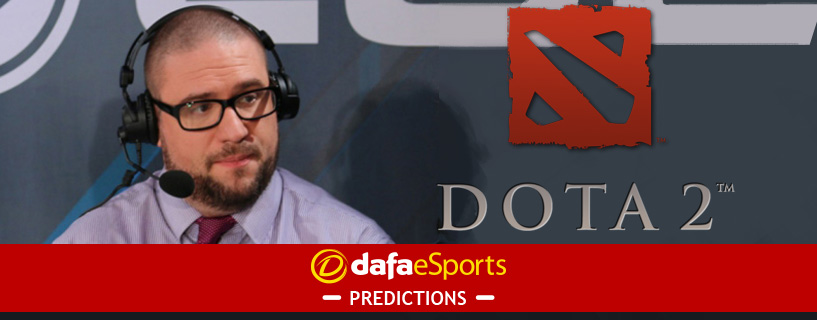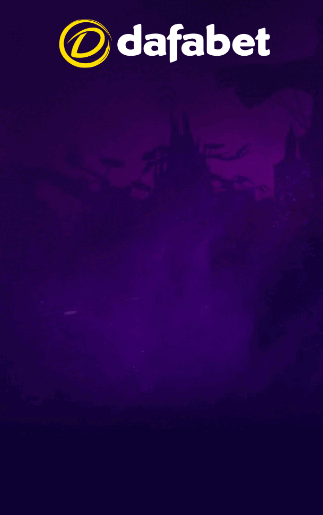
Richard Lewis’ predictions for the 2016 Dota2 eSports scene
Dota 2’s most successful year ever will soon be behind us. The game itself has seen several player records throughout the year and its biggest update yet as its transition to Valve’s new in-game engine Source 2 is complete. On the competitive front the game’s established elite will no doubt be relishing in the spoils of war following exceptional performances in tournaments with prize pools exceeding millions.
It has been an incredible year and now we ask ourselves the question “what’s next?”. Frankly, it is impossible to give an accurate prediction as 2015 changed everything we thought we knew about the game. That said, here is my attempt at looking into a Gaben shaped crystal ball and predict what 2016 will have in store for Dota 2.
The International will keep on growing
I’ll start off with a rather harmless prediction for the coming year, which is that the upcoming edition of Valve’s signature International event will be of even greater stature than it’s predecessor. When glancing at the three crowd-funded iterations of TI, the amount contributed by the community has steadily increased, seeing an 8 million dollar increase following TI3 (where the crowd-funding aspect was introduced), to a soaring 16 million dollar prize increase from Valve’s contribution in TI5.
“With the introduction of Reborn we should also be expecting Valve’s annual Compendium to completely outshine any of the earlier editions.”
Since its introduction we have seen the critically acclaimed developer put dedicated focus towards new and unique game modes such as the Haunted Colosseum, this year’s Halloween-themed event which pitted a total of ten players in a horror themed arena littered with unique traps and objectives. Suffice to say, if Valve introduces unique game modes to its Compendium stretch goals we should expect to see it leave its previous iterations in the dust in terms of popularity.
“The exact amount is of course impossible to guess, but should the game’s popularity increase throughout the year it is a safe bet to assume TI6 will exceed at least 20 million dollars when August comes around.”
Teams will attend fewer tournament
Whilst it has already been the case throughout 2015, 2016 will probably be the year we see less international competition outside of Valve-sponsored events. Naturally this is something that’s not inherently negative due to the fact that players competing will be guaranteed an even greater income as well as not having to be afraid to suffer from travel fatigue as well as burnouts.
“The die-hard Dota enthusiast may come to be disappointed by dwindling opportunities to see their favorite players in action.”
It is also safe to assume that the major circuit will be looking to take place in each major Dota region. With Europe already checked off the list, and the Shanghai Major already being announced, we will almost certainly be seeing two separate million dollar events take place on North American soil.
We may see a considerably weaker China
This November became the first time western competition made up the majority of a Valve-event’s top 4. Only EHOME from China – the historically most dominant region in the game’s history – managed to sneak into a top finish only after defeating both LGD and Vici Gaming on their lower bracket run before being stopped by eventual winners OG.
This not only came as a shock to Chinese fans, but also as a sign of potentially worse things to come. Despite holding on to two of the five TI-titles, China’s performance post-TI5 has not fared well in comparison to the elite teams of the West. Not a single major tournament since August this year has ended in a Chinese victory, and when looking at the reasons as to why this is occurring there are a few explanations that may explain it; the most evident being that the Chinese scene is growing ever more complacent.
“It’s no secret that the Chinese teams possess the most funds in any of the major regions. The eastern nation is also currently saturated by an incredible amount of profitable streaming sites such as Douyou, Longzhou and Huya. Players are offered obscene amounts of money to stream for said sites, some rumoured to overshadow that of the biggest prize pools around.”
This is not to say that the ongoing western dominance falls on this one reason alone. If anything it proved that the West adapted much better when it came to creating its new rosters and most notably integrating new talent in their race to the top.
China as a region has also always put the most weight in to performing well at TI’s. With little impetus to perform outside of Valve’s monolithic event, it is almost certain that we can expect to see China to perform considerably weaker up until TI6 commences.
We will see more new blood enter the fold
This is an assumption primarily based off of two observations: the fact that western teams are now more willing than ever to explore the capabilities of talented, but inexperienced players, and the post-major roster locks.
Ever since the Dota 2 Asian Championships this February, where Evil Geniuses’ star player Sumail “SumaiL” Hassan Syed became one of the instrumental parts in the North-American giant’s eventual 3-0 stomp of Vici Gaming at his second ever LAN, we have time and time again seen top teams recruiting rookie players such as Amer “Miracle’” al-Barqawi and Omar “w33” Aliwi.
“Surrounding these young and talented individuals with veterans has become one of the keys to the west’s ongoing success, and it seems as if the days of recycling the same veteran players has become a thing of the past.”
Meanwhile the addition of the post-major roster locks mean that teams will be on the lookout for prospects whenever the chance arises. This has been evident with the three previous names mentioned in this article, veterans will more than likely be more adamant about recruiting potential prospects who can be shaped and sharpened under the guise of solid leadership.
Teams will be expanding their infrastructure
With a rumored six month roster-lock in effect following the Shanghai Major, this should be the time coaches make their grand entrance into Dota 2. Whilst we have seen Evil Geniuses and Secret in the past experiment with employing coaches, it feels like now – given the extended period of time the rosters will be forced into playing with one another – is the time for teams to go all-out in this aspect.
“Teams have already been starting to use dedicated analysts to find out opponent’s pick/ban phase, as well as break down map movement and war placement. Adding a dedicated coach on top of this, who can influence and enforce a team, therefore feels like a very logical stepping stone.”
Teams involved in the League of Legends Championship Series have long since employed the services of staff whose sole focus relies on improving strategically, as well as managing the inter-personal relationships who make up the roster. The upcoming lock will be guaranteeing the longest period yet in terms of stable rosters, so with this in mind putting resources in making sure the roster works as best as it can on both the gameplay and the personal realm will be something we should be expecting to see in 2016.
About the author:
Richard Lewis is a legendary eSports journalist known for his investigative style; he is also a regular contributor to The Daily Dot. Richard hosts two online talk shows: Trash Talk and First Blood. The former provides Sports enthusiasts with the opportunity call in and air their opinions on eSports and the latter features an additional guest every week to discuss news and the current state of the scene. You can follow Richard on Twitter and view his videos on YouTube.







